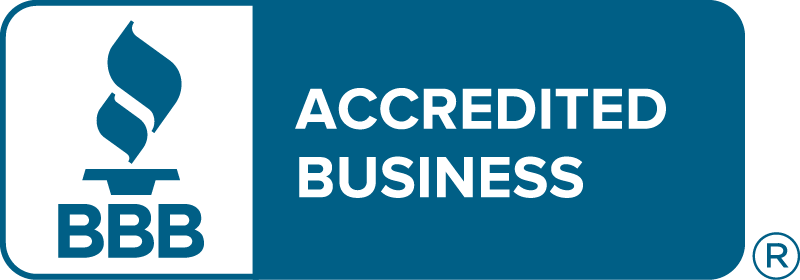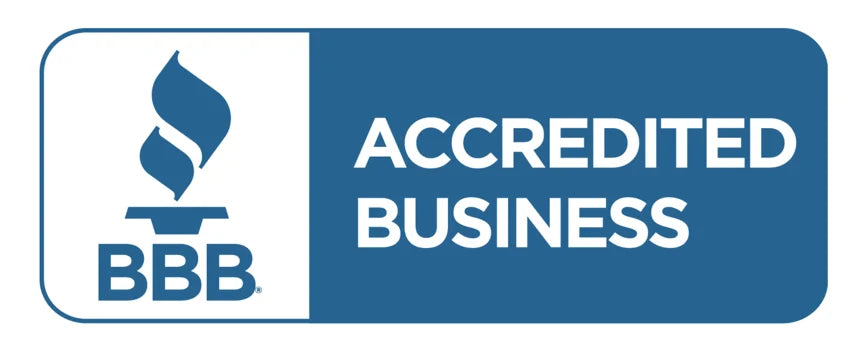Hearing Aids Are Not One-Size-Fits-All
The phrase "mild hearing loss, serious hearing loss, single-sided deafness, or even noise environment" may look like a mouthful-but because hearing loss is not a single experience. It is different from intensity, ear, lifestyle, and even personality. Gone is a heavy, normal hearing device. Modern technology now enables individual solutions that complete the specific hearing profile and daily routine. To manage intensive hearing loss from tech-service athletes to older adults, there is a custom device for all.
Tailored Technology for Mild Hearing Loss
People with mild hearing loss often delay using hearing devices, assuming that their issue is not "quite bad". But untreated mild hearing loss can lead to isolation, missed conversations, and cognitive fatigue. Thankfully, light, almost invisible hearing devices now exist that provide clarity without bulk. These digital models increase soft sounds by keeping loudly comfortable. They are particularly helpful in watching TV without crank to cool interactions, meetings, or volumes.
Brands such as Phonak, Signia, and Widex offer entry-level models for mild hearing loss that are both prudent and highly functional. With app-based controls, users can fix their hearing environment in real time from their smartphones.
When Sounds Fade Further: Devices for Severe Hearing Loss
Severe hearing loss demands power, but not at the cost of clarity. High-power hearing devices today take advantage of both technologies, such as directional microphones, speech enhancement, and background noise weapons.
Long-term battery life and strong amplification in devices such as Phonak Naída Lumity or ReSound Enzo have to support users who rely too much on lip reading or visual cues.

These aids can be further adapted by the audiologist to prevent sound deformation, ensuring that users receive high amounts of clean, crisp audio. They are also available in back-ears (BTE) styles, which are more durable and support large batteries for extended use.
Solutions for single-sided deafness
For those who experience hearing loss in one ear only condition that is known as unilateral hearing loss or single-sided deafness-traditional hearing aids cannot be a response to aids. Instead, solutions such as CROS (Contralateral routing of signals) and bicros systems do sound from Deaf Year to Hearing One. It creates a more balanced hearing experience.
Tools such as the Signia CROS Pure or Phonak CROS P are specifically designed for these needs. They allow the wearers to engage in conversation from all directions without constantly turning their heads. These devices are smooth, intuitive, and mix well with modern life.
Supporting high frequencies: Special tools
High-existence hearing loss is common, especially in aging adults or with loud contact over time. In this situation, it becomes difficult to distinguish between "S," "F," or "V". Specific hearing devices addressed it using frequency compression, which brings high-pitched sounds into a lower, more audible range.
Widex and Phonak provide models with accurate frequency-less algorithms. These users help to distinguish between equal-ridden words and improve overall speech understanding. These tools need to be understood by teachers, presenters, or anyone clearly and quickly to understand the speech.
Created for movement: An active lifestyle hearing machine
For an active lifestyle, the hearing device should be more than increasing the sound - they need to be kept. From moisture protection and decrease in air noise to safe, ergonomic designs, today's game-friendly hearing devices have been designed to perform under pressure.
Signia Active Pro and ReSound Nexia, such as on-the-go streaming, AI-powered background noise filtering, and Bluetooth connectivity for rechargeable batteries that run through extended workouts. Sweat-proof content and snug fit mean that wearers do not have to worry about slipping or short-circuiting.
Facing noise: Devices that deal with a loud environment
Noisy restaurants, public programs, or crowded roads can overwhelm traditional hearing equipment. This is where the device is designed for the atmosphere.
Models such as Phonak Paradise and ReSound Omnia come with dynamic noise cancellation settings and scene recognition software that automatically adjust.
Result? Less fatigue, better understanding, and a more natural hearing experience.

Choose what works for you.
With so many options available, choosing hearing aids may seem difficult to choose. But it is also the beauty of today's hearing technology - it is individual. Factors to consider include:
-
Type and severity of hearing loss
-
Lifestyle (active, sedentary, social, etc.)
-
Device style preferences (BTE, ITE, RIC, etc.)
-
Budget and financing options
The best step is to consult an audiologist. They will assess your hearing profile and help you match the ideal model. Several clinics associated with [Buy Hearing Aid] provide free testing, online fittings, and remote tuning support.
Final idea and where to buy
The world of hearing devices has come a long way. From mild hearing loss to complex conditions, such as single-sided deafness or high-existence challenges, there is an analog solution for all. Thanks to innovations in design, software, and user adaptability, the hearing devices are as smart as they are prudent.
If you want to upgrade or detect the best hearing solution for your requirements, then [BUY HEARING AID] provides a curated range of top global brands' products. Supported by expert guidance and lifetime support, it is your go-to context for smart, effective hearing solutions.










